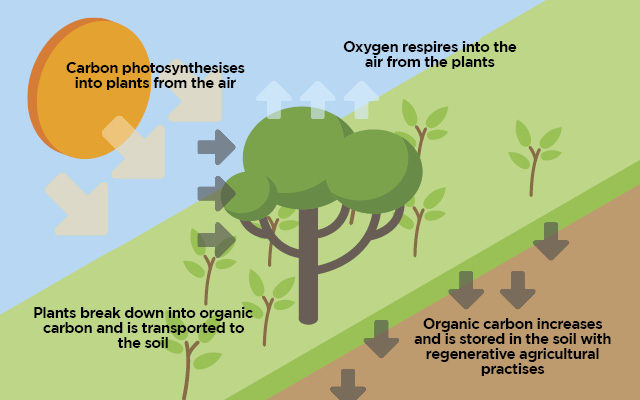Animal Husbandry And Veterinary Science Notes – On – Carbon Farming – For W.B.C.S. Examination.
পশুপালন ও পশুচিকিৎসা বিজ্ঞানের নোট – কার্বন কৃষিকাজ – WBCS পরীক্ষা।
Livestock produce significant amounts of methane as part of their normal digestive processes. Some feed additives can inhibit the microorganisms that produce methane in the rumen and subsequently reduce methane emissions.Continue Reading Animal Husbandry And Veterinary Science Notes – On – Carbon Farming – For W.B.C.S. Examination.
Why we should reduce livestock emissions
In Australia, direct livestock emissions account for about 70% of greenhouse gas emissions by the agricultural sector and 11% of total national greenhouse gas emissions. This makes Australia’s livestock the third largest source of greenhouse gas emissions after the energy and transport sectors. Livestock are the dominant source of methane (CH4) and nitrous oxide (N2O), accounting for 56% and 73%, respectively, of Australia’s emissions.
How methane is produced by ruminants
Ruminant livestock – cattle, sheep, buffalo, goats, deer and camels – have a fore-stomach (or rumen) containing microbes called methanogens, which are capable of digesting coarse plant material and which produce methane as a by-product of digestion (enteric fermentation): this methane is released to the atmosphere by the animal belching.
The amount of methane emitted by livestock is primarily driven by the number of animals, the type of digestive system they have and the type and amount of feed consumed. Ruminants are the principal source of livestock methane emissions because they produce the most methane per unit of feed consumed.
How feed additives work
Methane-reducing feed additives and supplements inhibit methanogens in the rumen, and subsequently reduce enteric methane emissions.
Methane-reducing feed additives and supplements are most effective when grain, hay or silage is added to the diet, especially in beef feedlots and dairies.
What are methane-reducing feed additives or supplements?
Methane-reducing feed additives and supplements can be:
- synthetic chemicals
- natural supplements and compounds, such as tannins and seaweed
- fats and oils.
Carbon benefits
There are 2 approved methodologies under the Emissions Reduction Fund (ERF) for using feed additives or supplements to reduce methane emissions and claim carbon credits.
- Reducing greenhouse gas emissions by feeding nitrates to beef cattle
- Reducing greenhouse gas emissions through feeding dietary additives to milking cows
Adding nitrates to the diet at a specified rate optimises rumen fermentation, and changes the pathway of hydrogen to produce ammonia rather than methane. This can have the dual effect of reducing methane emissions while improving or maintaining animal performance. We recommend that producers seek specialist advice before using this option because overdosing can result in nitrate poisoning.
In the approved methodology for feeding nitrates to beef cattle, nitrate salt licks are substituted for animals previously fed urea, and is potentially applicable outside of feedlots.
The use of dietary additives is currently approved only for grazing milking cows, and includes the addition of eligible additives to increase fat content of the diet to reduce methane emissions.
Please subscribe here to get all future updates on this post/page/category/website


 +919674493673
+919674493673  mailus@wbcsmadeeasy.in
mailus@wbcsmadeeasy.in







































































































